
Although we enjoy the warmth of the fireplace, the odors can be unpleasant. With simple tricks like vinegar, salt, or baking soda, you can keep your home fresh and cozy.
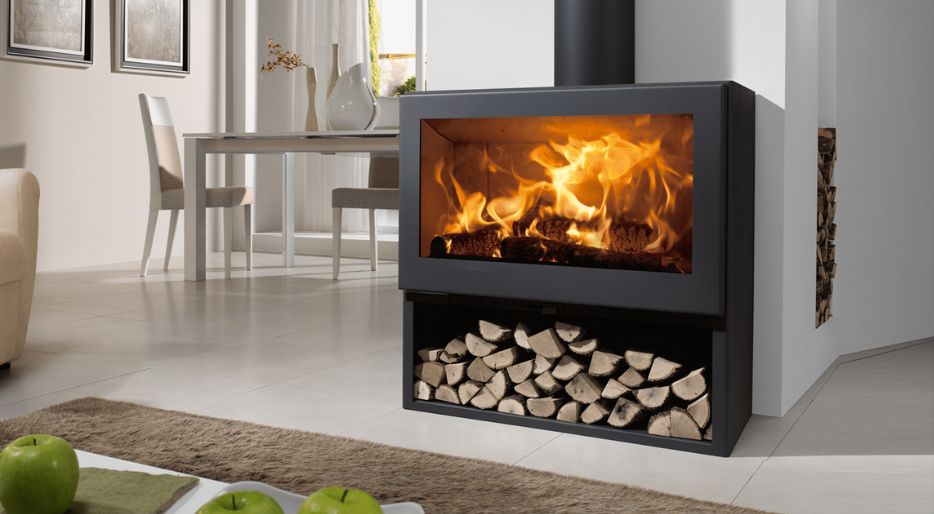
Do you have a fireplace or wood stove at home that doesn’t seem to provide the heat you expect? Do you find yourself firing up your appliance with more and more wood, but still feel like your home isn’t getting warm enough? If your appliance isn’t working properly, you’re wasting heat, wasting money on extra wood, and increasing the risk of home fires.
In this post, I’ll give you simple, practical tips on how to make your appliance give more heat. From how to choose the right wood to how to light your fire properly, you’ll find all the tools you need to keep your home warm during the winter – read on to find out how to make your fireplace warmer!
Not all woods are equal when it comes to fuel for your appliance. We have talked on several occasions that there are certain types of wood that are not suitable for combustion due to their high resin content. We recommend you read our post “Wet firewood and its combustion problems“.
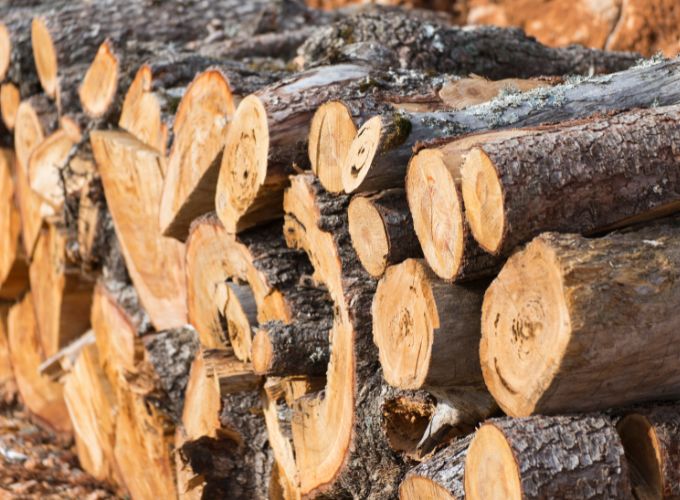
Generally, the best woods to burn are hardwoods. These woods are dense and heavy, which means they contain more energy and therefore produce more heat when burned. In addition, their low resin content makes them less likely to produce smoke and creosote, which is good for your fireplace and the air quality in your home. Find out which are the best hardwoods here.
On the other hand, avoid burning softwoods. They contain a lot of resin and can produce smoke, sparks and creosote deposits. If you decide to burn softwoods, make sure they are completely dry and do not contain sticky resin, which can build up in the chimney and cause a fire hazard.
Remember: The quality of the firewood influences your burning efficiency, safety and cleanliness.
Another important factor is the amount of fresh air supplied to the fire.It is critical that your appliance has enough fresh air for combustion. Without this fresh air, the fire will not burn properly and will produce smoke and flue gases, reducing efficiency and the amount of heat it produces.
On the other hand, most high-performance appliances are designed with an outside air intake. This air intake provides oxygen to the fire. If your appliance does not have this intake, you must ensure that there is sufficient ventilation in the room for fresh air to enter. You can read more information about the outside air intake and whether it is mandatory to connect it here.
Lighting the fire properly is essential to get the most out of your appliance. In the past, appliances were not lit the way modern appliances should be lit. In Panadero, we have made a very explanatory and practical video where we teach you how to light your stove correctly. You can watch the video by clicking here.
Burning too much wood at one time can reduce the efficiency of the fire. This can cause excess smoke and flue gases and decrease the oxygen available to the fire. On the other hand, burning too little wood can also reduce combustion efficiency, as this can lead to incomplete combustion and low heat production.
It is important to adjust the amount of wood you use based on the size of your fireplace, the quality of the wood and the amount of heat you want to produce. It is recommended to use small amounts of high quality wood to ensure complete combustion and high heat production.
It is also important not to overload the fireplace with wood. Instead of loading the fireplace with large chunks of wood, it is better to add a moderate amount of wood at regular intervals.
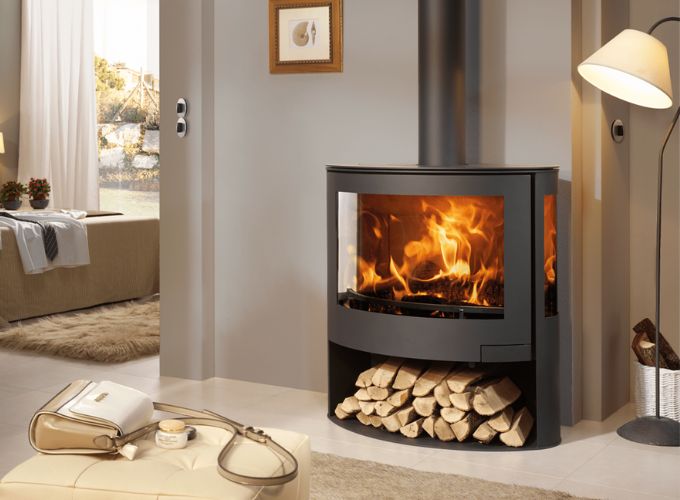
A buildup of soot and other debris in your chimney can reduce combustion efficiency and decrease the amount of heat it produces. In addition, soot and debris can clog the chimney and increase the risk of fires.
Therefore, it is important to clean your appliance regularly to remove any buildup of soot and debris. We recommend thoroughly sweeping the chimney sweep once a year, before the winter season. We also recommend daily maintenance of the appliance.
If you are not comfortable cleaning the appliance, it is best to hire a professional to do it for you. A professional can make sure the fireplace is completely clean and safe for use.
It’s also important to pay attention to any signs that your fireplace needs cleaning, such as a lingering smoky smell in the room or a decrease in heat production. If you notice any of these symptoms, you may need to clean your chimney ahead of schedule.
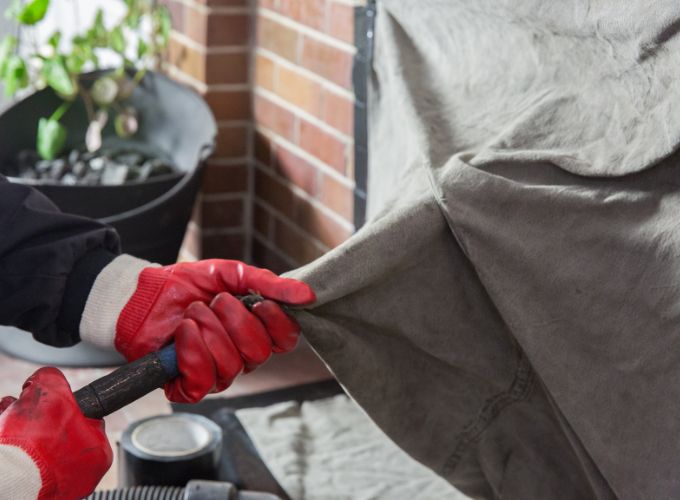
In summary, maximizing the heat your fireplace produces is not difficult, but it does require attention and care. Choosing the right wood, making sure you have enough fresh air, learning how to light your fire properly, adjusting the amount of wood, and cleaning your fireplace regularly are all tips you can follow to ensure your fireplace is more efficient and warmer.
In addition to following these tips, it’s also important to remember that safety is a priority. Make sure you have a smoke and carbon monoxide detector installed and that it is working properly. It is also important not to leave the fireplace unattended and to turn it off completely before leaving the house or going to bed.
With a little attention and care, you can enjoy a more efficient and warmer appliance while ensuring the safety of you and your home.
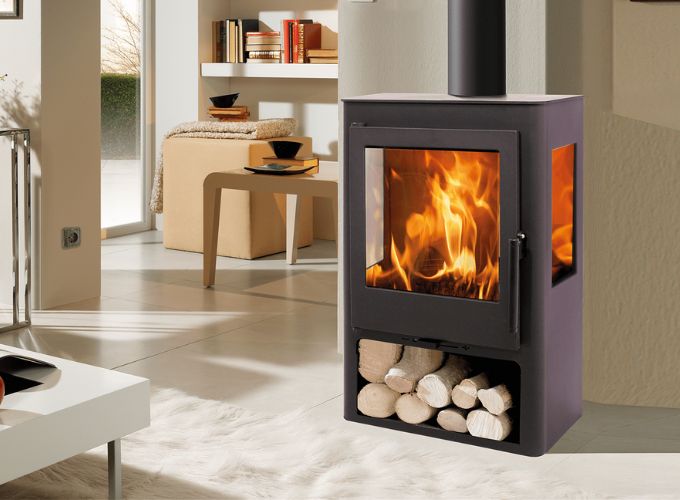
If you have any questions, please feel free to ask us! We hope this post has served as a guide. Take a look at our blog and find solutions and recommendations to help you with your fireplace or wood stove.
Visit our online store for Panadero wood stoves. If you have any questions or need help choosing the right stove, don’t hesitate to contact us. We will be happy to help you.
Articles of interest:
Did you like this article? If so, help us spread it 😊 . Click on the buttons below here and feel free to share it on your social networks!
Thank you for reading!
↓ ↓ ↓ ↓

Although we enjoy the warmth of the fireplace, the odors can be unpleasant. With simple tricks like vinegar, salt, or baking soda, you can keep your home fresh and cozy.
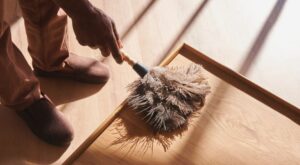
How to avoid dust in the house when using a wood stove: tips and tricks for a clean and healthy home
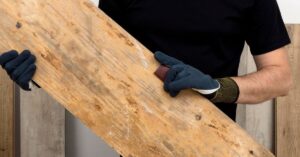
Learn how to remove mould from your wood for use by following the steps in this article.
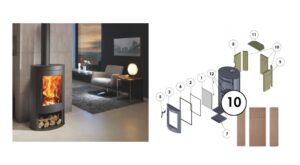
All you need to know: what it is, uses and benefits of wood stoves
To provide the best experiences, we use technologies such as cookies to store and/or access device information. Consenting to these technologies will allow us to process data such as browsing behavior or unique identifiers on this site. Not consenting or withdrawing consent may adversely affect certain features and functions.

From December 19 to January 6, order a wood stove and receive the Helix log holder for free.